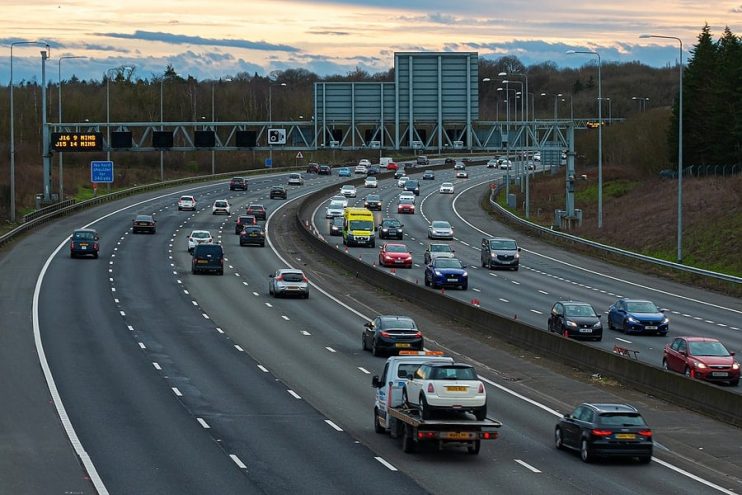
There’s lots of confusion about motorway rules. Especially if you don’t use motorways often or you’re new to driving.
At BreakerLink we love to bust driving falsehoods and get to the truth of the matter. To ensure you’re doing the right thing on the motorway, we bust some of the more well-known myths and falsehoods, hopefully giving you a clear picture of what you can and can’t do…
Table of contents:
Lanes
Any vehicle is allowed to use the right hand lane
Only when over-taking however, if your vehicle weights over 7.5 tonnes or you’re pulling a trailer or caravan, then you have to stay out of the outside lane or face a fine of up to £2,500 and risk 3 points on your license.
The inside lane is just for lorries and HGVs
You can be hit by an on the spot fine if you’re using the middle or outside lanes when the inside lane is free. It’s not there to be simply used by lorries, it’s for all traffic on the motorway.
Slip road traffic has priority
Whilst it is considered good driving etiquette to make way for vehicles joining from the slip road, this traffic joining the motorway must give way to oncoming traffic. Cars making their way onto the motorway need to check for oncoming traffic and make the appropriate adjustments. Police could even fine you for using the middle lane inappropriately up to £100 and dock you 3 points.
Motorways have ‘fast’ and ‘slow’ lanes
Many drivers have a belief that there are fast and slow lanes on motorways. This is not the case. Drivers who want to travel at a steady speed should use the inside lane, whereas the outside lanes are normally for cars that want to safely accelerate and overtake.
Speed
Speed limits do not apply on the motorway
Although some drivers like to speed on motorways, the national speed limit of 70mph applies on all motorways. Or if you are driving a lorry, towing a trailer or caravan then the limit is 60mph.
Smart motorway cameras are sometimes inactive and not operational
On smart motorways the cameras are always on. Even when display screens appear to be inactive, the inbuilt cameras are constantly scanning traffic and will snap the number plates of cars that are breaking the speed limit.
Speed limits on smart motorways are advisory
Smart motorways use two types of speed limit displays. If the speed limit is displayed in a red circle then you must obey this limit or risk being snapped by a camera and automatically fined. Whilst if the speed limit is displayed with flashing orange lights, this is advisory.
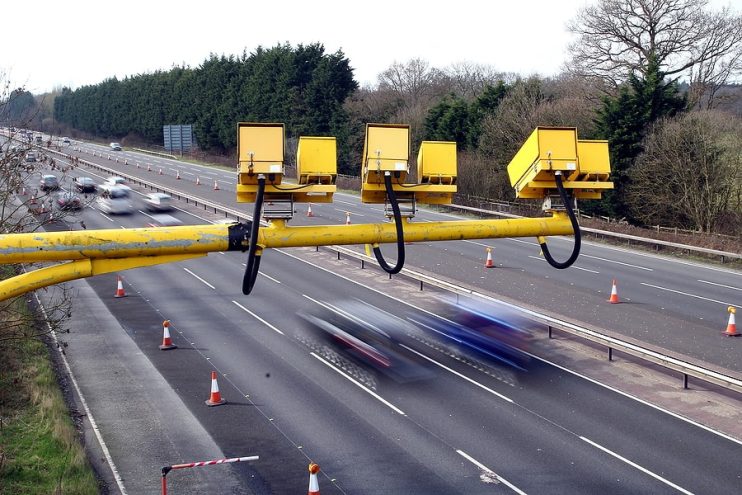
Slow down for speed cameras
Average speed cameras are now a common feature on most motorways; tracking cars over a set distance to work out the average speed between two cameras. Slowing down as you approach a camera is not effective if you have been speeding after a previous one and will still land you a ticket.
Highway agency personnel can stop you for speeding
Whilst many drivers may decide to slow down at the slightest sign of an official vehicle, highway agency officers have no jurisdiction to charge drivers with speeding offences. Instead they are there to help out in emergency situations and have the power to shut down motorways.
Stopping
Pets and passengers should vacate the vehicle
If you stop on the hard shoulder then get everyone out of the car. Unfortunately pets must be left in the car as they may decide to bolt into the open road causing danger and disruption.
Use the hard shoulder if you feel unwell or need the toilet
Do not use the hard shoulder for anything other than breakdowns, emergencies, police instructions or towing issues. If you must stop then take the next exit and pull over where-ever possible.
Fines are issued for running out of petrol on the motorway
Whilst it is incredibly dangerous (and not to mention embarrassing) to run out of fuel on the motorway, it’s not actually illegal. Whenever you set out in your car you should always check that you have the right amount of juice to get you from A to B.
Visibility
Lorry drivers have the same range of vision as car drivers
Many lorries do not have the luxury of the same immediate field of vision as car drivers. Lorries have much larger blind-spots, especially those from the continent that use left hand drive. Be aware of this decreased visibility and give lorries extra space when changing lanes and pulling in.
Fog lights can be left on
Check the Highway Code and you’ll find the following rule: fog lights must be used when visibility is less than 100 metres and then must be turned off when visibility improves. Don’t be one of those drivers who flicks on the fog lights at the slightest sign of rain or bad weather and the glare can catch other drivers and the brightness could even impede visibility of your fog lights.
And finally…
Ensuring you know fact from fiction will arm you to make the right decisions when out on the motorway. As with all driving, a calm and steady approach is always best, keeping a consistent speed and using signals to allow other drivers to get a clear indication of your chosen actions. Being aware of the truth and the myths should however give you the additional information to avoid dangerous and costly mistakes.



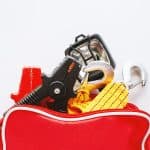
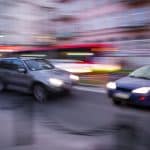

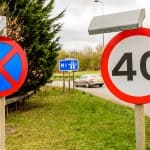

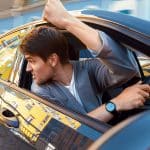
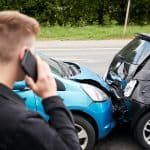
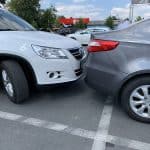

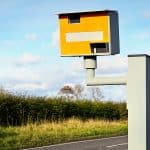
.png)